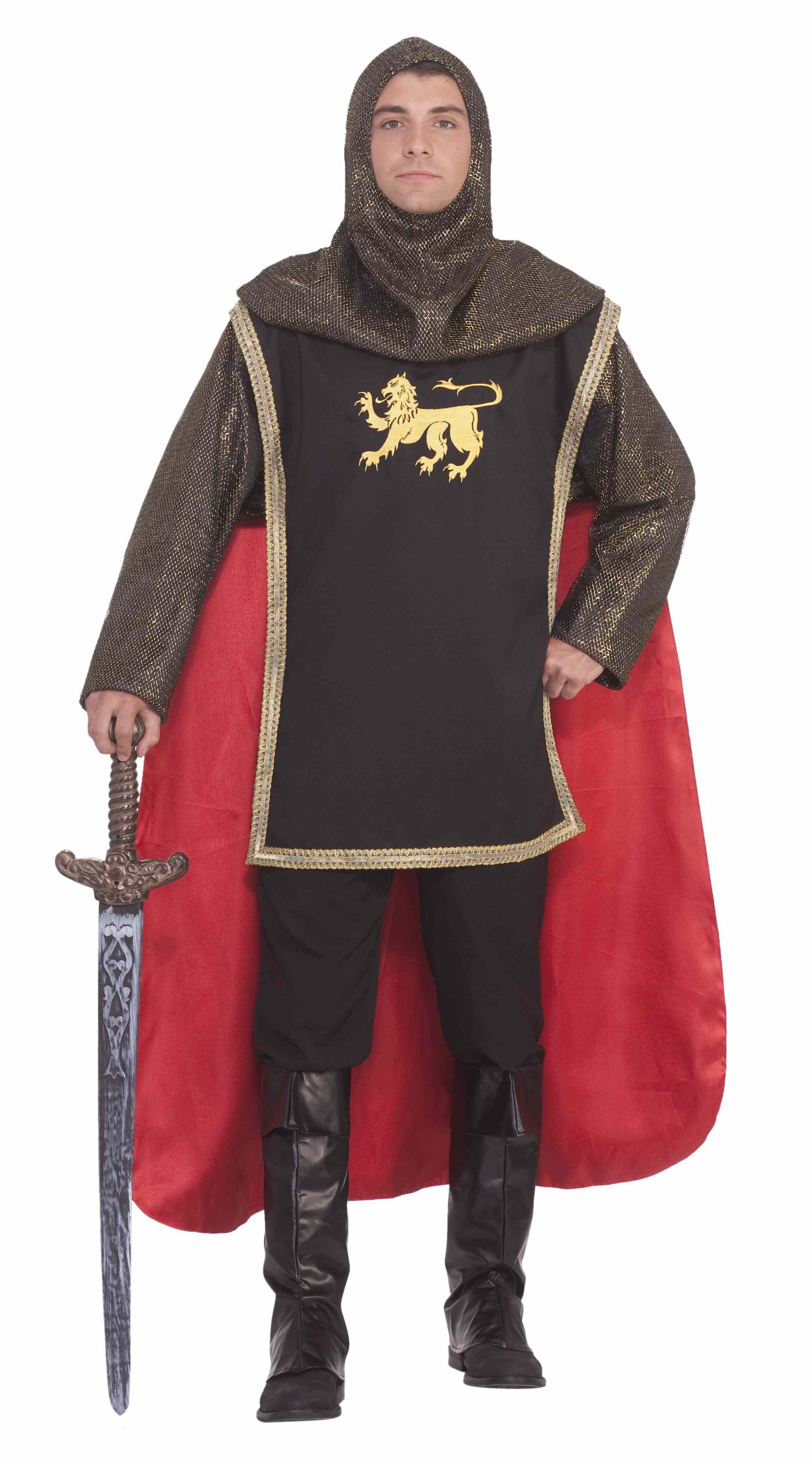

Incomplete early-medieval Frankish gilded silver radiate-headed brooch. International relations and art influenced clothing styles Very occasionally, clothes reserved for the wealthy were garnished with silver. Knights, for instance, were banned from wearing rings. Gem cutting wasn’t invented until the 15th century, so most stones weren’t particularly shiny.īy the 14th century, diamonds became popular in Europe, and by the middle of the same century there were laws about who could wear what kinds of jewellery. Since most of it was imported, jewellery was a particularly lavish and prized and was even used as security against loans. The lowest classes had few items of clothing and often went barefoot, while middle classes wore more layers that might have even had trimmings of fur or silk. For instance, the wealthy could enjoy the luxury of materials such as silk and fine linen, while the lower classes used more coarse linen and scratchy wool.Ĭolours were important, with more expensive dyes such as red and purple being reserved for royalty. More expensive items of clothing were normally marked by their superior use of materials and cut rather than their design. Around, peasants collecting letters of alphabet. Miniature of Pilate washing his hands of the fate of Jesus. ‘Horae ad usum romanum’, Book of Hours of Marguerite d’Orléans (1406–1466).

Clothing materials, rather than designs, delineated class Only noblewomen really owned a number of dresses, with the more extravagant ones being worn to social events such as tournaments. In spite of the range of clothing that became available by the end of the medieval period, most of it was very expensive, meaning that most people only owned only a few items. Similarly, it is likely that most people slept either naked or in a light linen under-tunic.īy the year 1300, women’s gowns were more tight-fitting, with lower necklines, more layers and surcoats (long, coat-like outer garments) accompanying capes, smocks, kirtles, hoods and bonnets. Until the late 6th and 7th centuries, there is little evidence of footwear: people were probably barefoot until it became the norm in the middle Anglo-Saxon era. Some women at this time also wore head coverings.įleeces, furs and animal skins were also used to line garments and for outerwear. Brooches were used to fasten the materials, while personal items were hung from decorated, sometimes flashy belts around the waist. In the early medieval period, both sexes wore a long tunic that was pulled up to the armpit and worn over another sleeved garment, such as a dress. Men and women’s clothing was often surprisingly similar Here’s an introduction to the clothing of medieval England. Though clothing during the early medieval period was normally functional, even amongst the less wealthy it went on to become a marker of status, wealth and occupation right up until the Renaissance, with its importance reflected in events such as ‘sumptuary laws’ that forbade the lower classes from dressing above their station.

As a result, the Anglo-Saxons, Anglo-Danes, Normans and Britons who lived in England wore a wide and evolving range of clothing over the period, with factors such as class, international relations, technology and fashion further altering different styles of dress. 395 AD) to the beginning of the Renaissance (c. England’s medieval period is generally regarded as having lasted more than a millennium, from the fall of the Roman Empire (c.


 0 kommentar(er)
0 kommentar(er)
